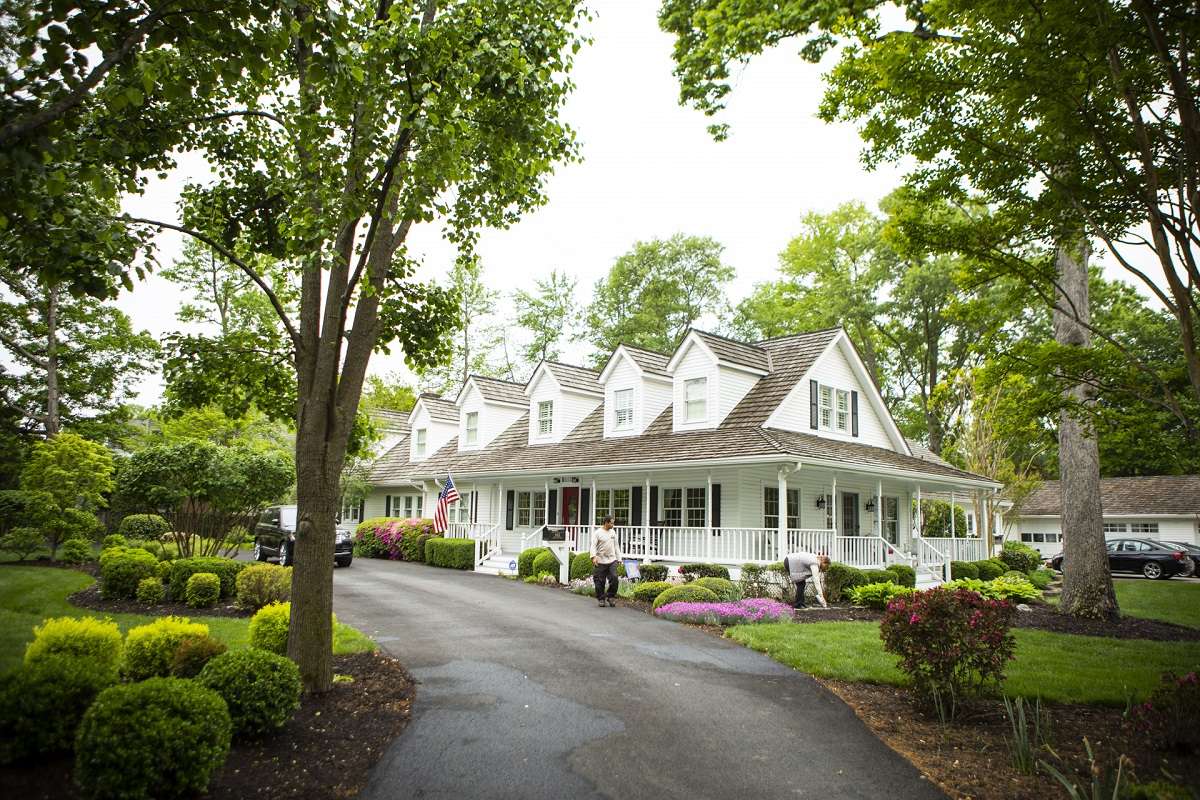

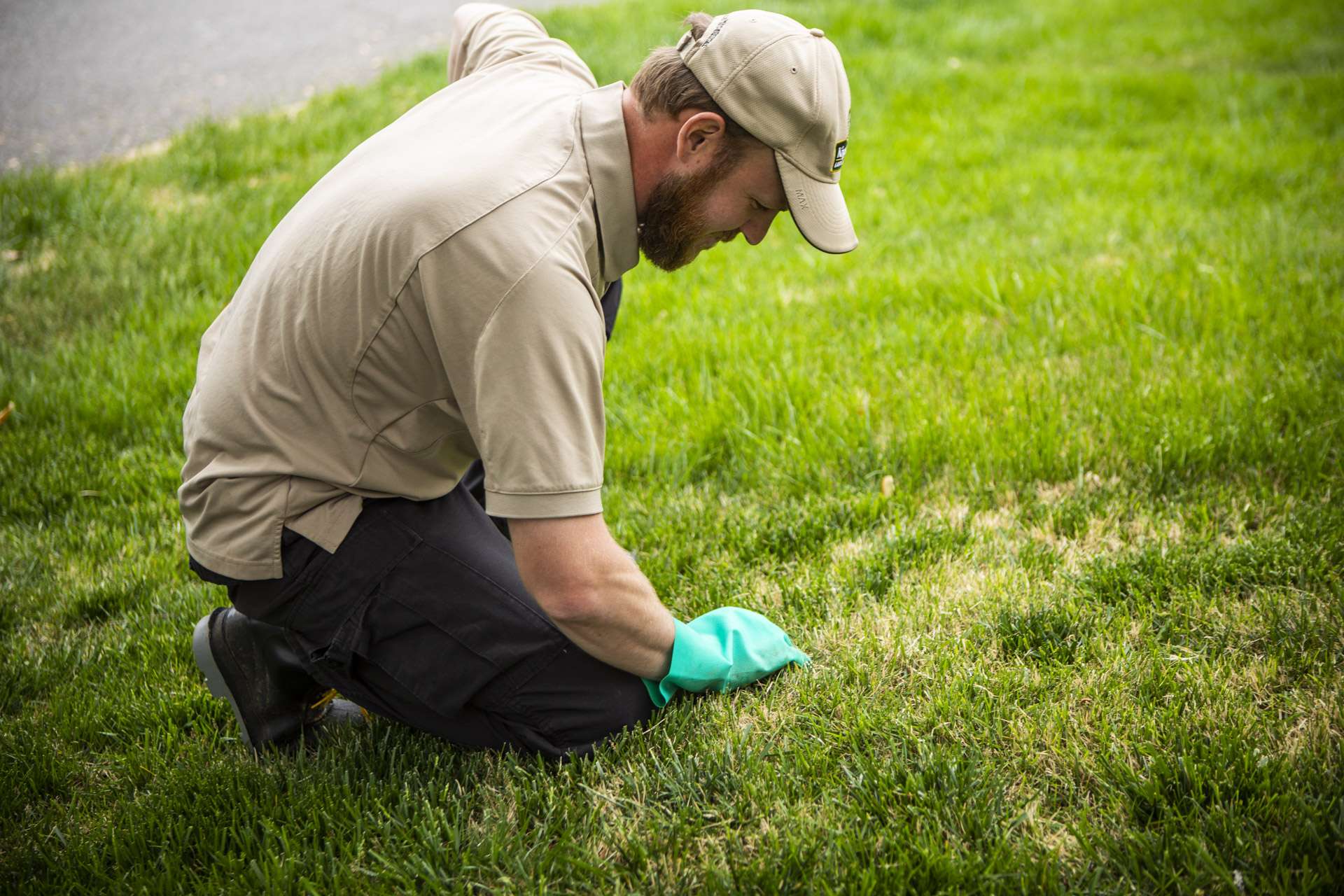
Are you seeing brown, yellow, or red patches—or perhaps some powdery growth—on your lawn? These are all telltale signs that you could be dealing with turf diseases such as lawn fungus. There are a number of different lawn diseases, many of which can lead to discolored or even dead areas of the lawn.
While even healthy lawns can sometimes be stricken with disease, there are ways to reduce your chances of a problem. Because we want to help you protect your lawn and prevent damage, we’re discussing some of the best ways to reduce turf diseases in your Northern Virginia lawn.
Most people are shocked by how much of an impact their mowing habits can have on their lawn’s health. But when you mow your lawn too short, you put it at greater risk for lawn diseases. The ideal mowing height in our region is around 3 to 4 inches.
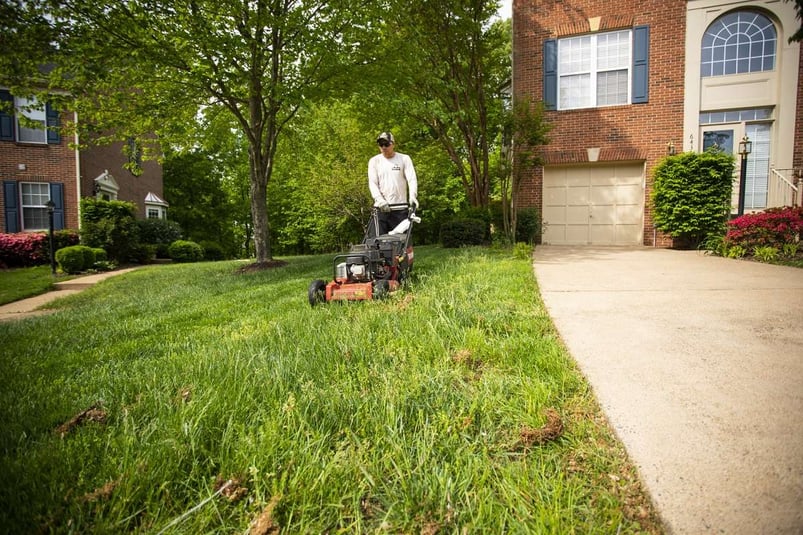
You should also aim to mow no more than one-third of the grass blades at a time, otherwise, you are putting a lot of unnecessary stress on the lawn and ultimately weakening it (and its ability to fight disease).
In addition, you want to make sure that you are mowing with clean, sharp mower blades. Dull mower blades tear the tops of your grass, leaving them ragged and frayed. This also makes them more susceptible to developing fungal disease than a nice, sharp cut.
Your lawn needs ample water to thrive. However, you want to make sure that your watering habits aren’t encouraging unwanted fungal growth. The biggest problem with watering is typically the time of day when homeowners perform it.
The sooner the grass dries after watering, the less chance that it has of developing lawn fungus. Remember where fungi love to grow, in damp, dark environments. Aim to water early in the morning, giving your grass blades the entire day to dry via evaporation. When you water at night, you leave your lawn prone to fungus creeping in all night long.
Fertilization is another really important lawn care service. Your lawn needs added nutrients to look and perform its best. However, both overapplying and under applying fertilizer can increase the likelihood of lawn diseases. If you apply too much fertilizer, your grass will grow faster than its roots can support which ultimately weakens the lawn with undue stress.
Of course, too little fertilizer can leave your lawn struggling as well. Too little fertilizer can lead to thinning and a likelihood of turf diseases creeping in. It’s important that your lawn is fertilized with just the right amount on a schedule that works for its optimal growth and performance.
Aeration and overseeding can also be a powerful weapon against turf diseases. For one, lawn aeration can go a really long way in promoting healthy growth. During aeration, a professional core aerator is used to extract small cores from the soil and leave them to break down and filter into the earth. This process allows more water, oxygen, and nutrients to penetrate down to the lawn’s root zone. In turn, your lawn will grow thicker and healthier and be able to better defend against disease.
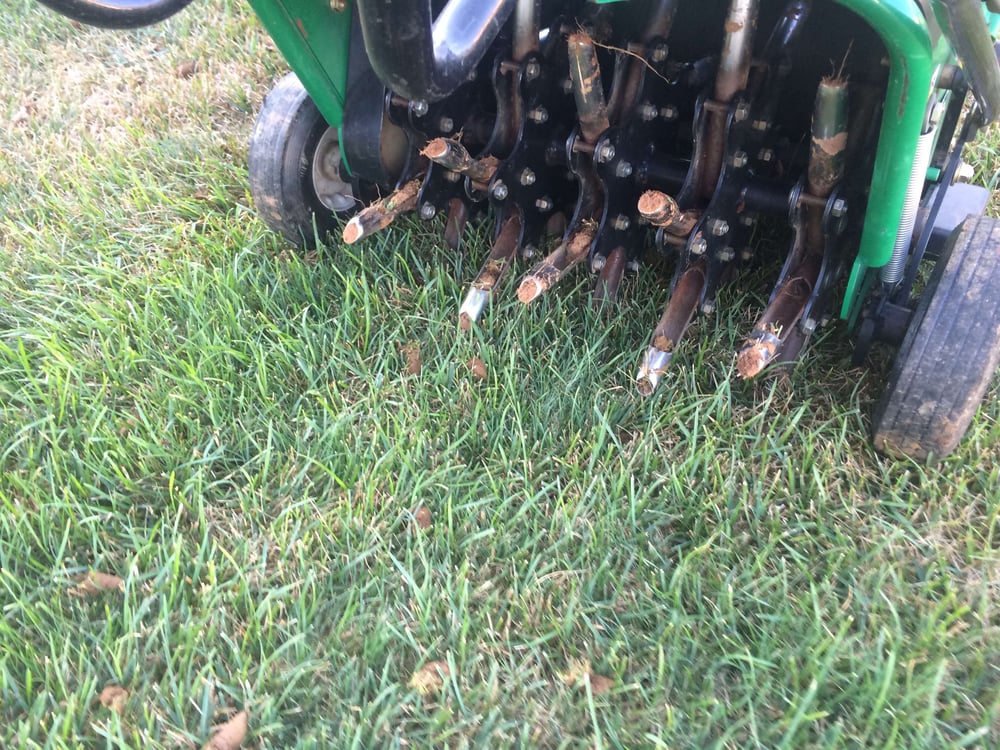
Aeration is also a powerful tool against lawn thatch (the organic layer made of dead and living stems that occurs naturally on the lawn). Too much thatch can make a lawn more susceptible to turf disease. However, aeration, overseeding, and topdressing can help naturally break down thatch and prevent future build-up. This will also assist in lawn disease prevention.
While lawn diseases can impact all different grass types, and no grasses are completely immune to problems, there are certainly some that are more resistant than others. Overseeding thin areas and damaged areas with a better seed product can help strengthen your lawn.
In the worst-case scenarios, we could perform a total renovation and replace your entire lawn with a better grass species. However, in most instances, aeration and overseeding can effectively repair damaged areas and strengthen your lawn going forward without the need for a complete overhaul.
We find that having a few different cultivars of fescue (in particular tall fescue) or bluegrass is most effective in Northern Virginia. When you have a blend with several cultivars, if one variety is hit really hard by disease, it won’t kill all of your lawn at once and will be more likely to recover.
When it comes to fighting back against lawn disease, there are various lawn fungicide products which can be used both preventatively and curatively to get rid of lawn fungus.
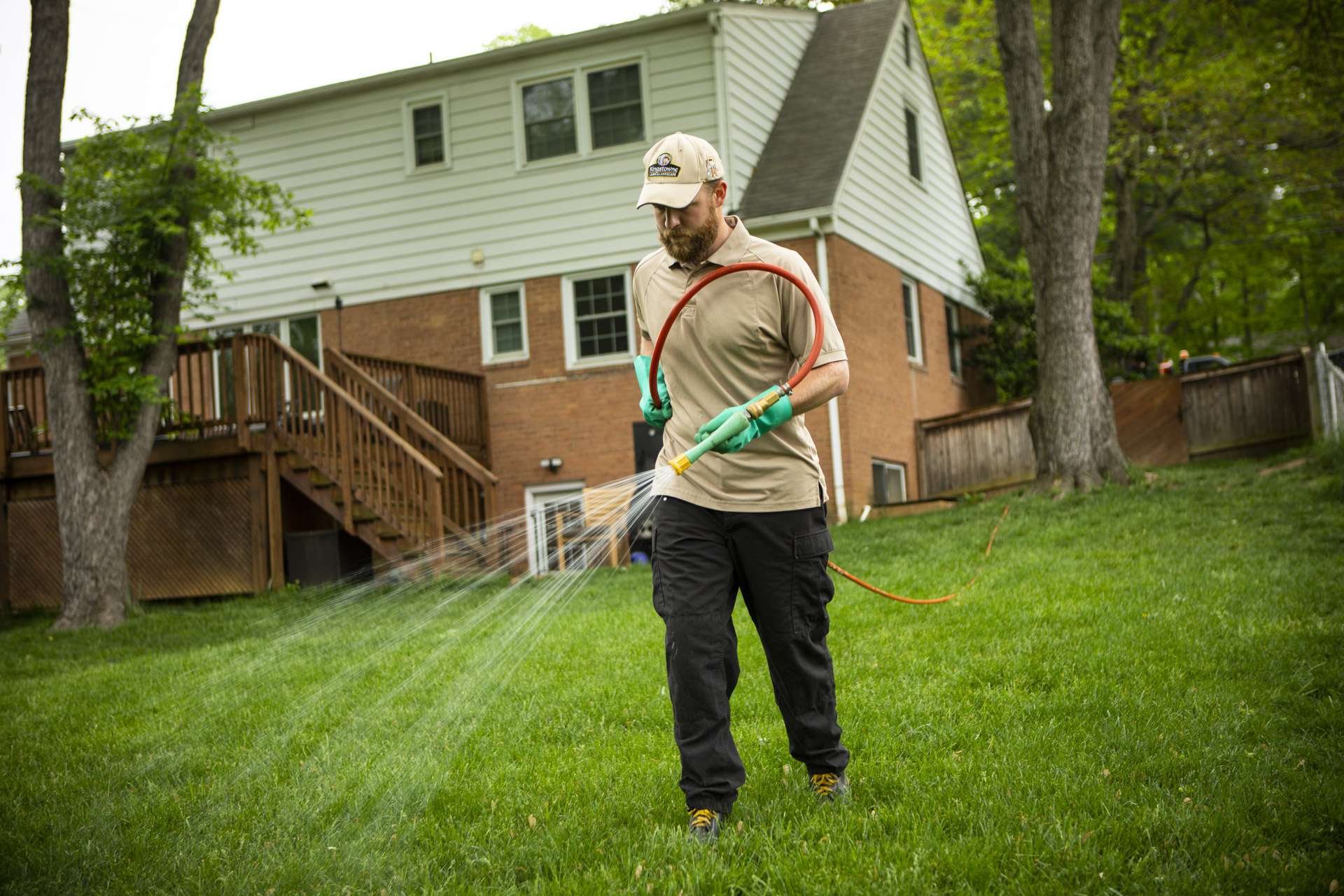
At Kingstowne, we have introduced a Preventative Fungicide Program for clients who want the peace of mind knowing that their risk of an outbreak can be greatly reduced.
For clients who are not utilizing that program and experience an outbreak, curative products can be used when warranted. Sometimes, just restoring a lawn’s good health with smart cultural practices can help the lawn fight against disease and bounce back from any damage that was done. These decisions are often made on a case-by-case basis.
Even the best lawns will have bumps in the road along the way. Fortunately, lawn diseases can be effectively addressed. By being proactive and acting quickly at the first signs of a problem, you can protect your investment in your lawn and help ensure that it will continue to look its best for years to come.
By choosing to work with Kingstowne, you can also gain value in the form of professional eyes on your property, looking out for your best interest. We’ll assist in helping you spot problems early, performing lawn services properly, and offering additional cultural recommendations that will help keep your lawn in top shape.
Don’t let lawn diseases wreak havoc on your property—instead, request your quote, choose from 3 lawn care package options, and relax as you get the royal treatment.

Since 1997, Krisjan has led the Kingstowne team with one simple philosophy, treat every customer like the “only” customer. His passionate pursuit of impeccable customer service has resulted in 24 successful years and a thriving company with over 85 employees, helping thousands of homeowners in the Alexandria, Arlington, and Springfield, VA area get what they want - a worry-free property they can be proud of.


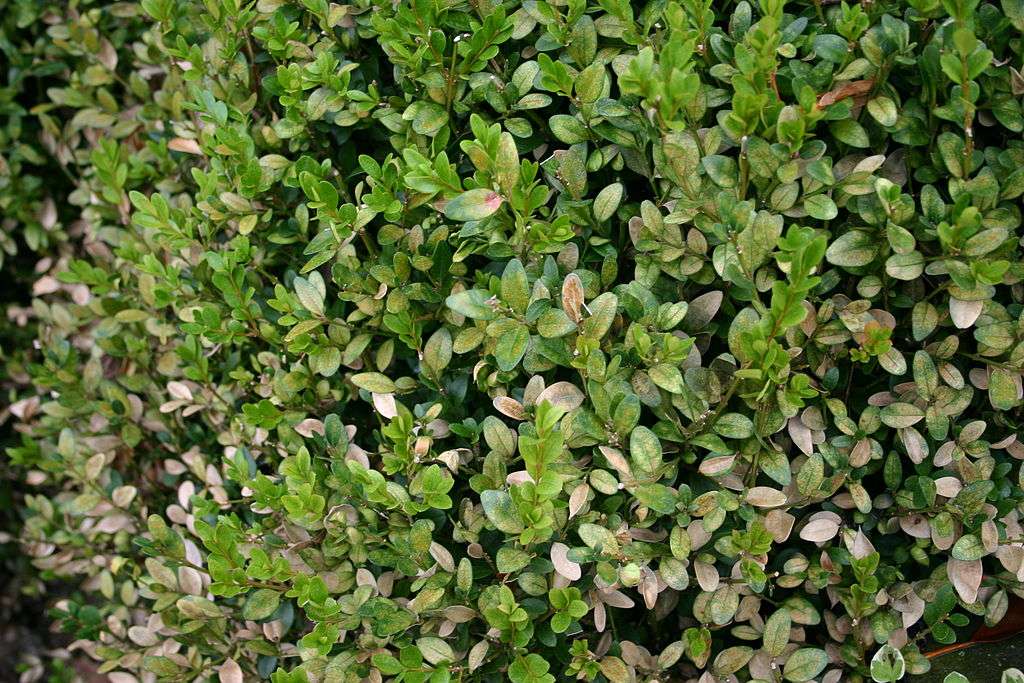

If You're Looking For a Sign, This is It.
Seriously, that lawn isn't getting any better on it's own. Mrs. Jones just called the HOA on you